
On 3 June 2017, professional rock climber Alex Honnold accomplished something that few people thought could be done. He climbed the 3,000-foot granite wall of Yosemite Park’s famous El Capitan, the vertical wall in the photo above.
Alone.
Without ropes or any other safety apparatus.
This achievement has been celebrated as one of the most difficult, one of the most dangerous athletic feats ever. By “free soloing” El Captain in 3 hours and 56 minutes, Honnold has forever placed himself in the Pantheon of rock climbers. What he accomplished was truly epic.
To give you just a taste of what it was like, watch this two-minute trailer of the documentary Free Solo which is about Honnold’s climb.
Catch your breath. I’ll wait.
In April 2018, Honnold spoke at the TED Conference in Vancouver to share his insights about the climb. There are valuable lessons from his exploit for public speakers.
After all, when we are on stage in front of an audience, we are also performing without a safety net. True, there is no risk of us plunging hundreds of metres to our death—although I have seen people fall off the stage and injure themselves—but metaphorically, we are alone in our efforts to scale the wall of our speech and ensure that we reach our goal of having an impact on the audience.
LESSON 1 – PUT YOUR FEAR INTO PERSPECTIVE
Honnold’s free solo climb up El Capitan was the culmination of a ten-year dream. The reason it took him that long to attempt the climb? He was afraid.
[I]n the video I’m over 2,500 feet off the ground. Seems scary? Yeah, it is, which is why I spent so many years dreaming about soloing El Cap and not actually doing it. But on the day that that video was taken, it didn’t feel scary at all. It felt as comfortable and natural as a walk in the park, which is what most folks were doing in Yosemite that day. Today I’d like to talk about how I was able to feel so comfortable and how I overcame my fear.
The idea of standing up in front of an audience and speaking is a scary prospect for many people. And you know what? It’s natural. But you have to put those public speaking nerves into perspective and learn to harness the energy and channel it in a way that is constructive.
In a great post on Presentation Guru, Jim Harvey gives some excellent advice that every nervous speaker should hear. I encourage you to read the post, particularly if speaking in public makes you nervous, but in essence, Jim’s advice is as follows:
- Nobody cares if you make a mistake unless you make them care.
- Nobody is going to die so keep your perspective.
- Get over yourself and focus on the audience.
This might seem like tough love—and it is—but it’s also true.
And think about this advice from the perspective of Alex Honnold as clung to the side of a cliff, hundreds of metres above the ground.
- A lot of people would care if he made a mistake.
- Death was a real possibility.
- He had to get over himself and focus 100% on climbing that wall.
LESSON 2 – STRETCH YOUR COMFORT ZONE
So public speaking nerves are normal, but you have to learn to deal with them.
Over the years, Honnold constantly challenged himself to climb in different environments. What began as indoor climbing turned into outdoor climbing where he followed the paths of other climbers. But eventually, Honnold began to yearn for something different.
After nearly a decade of climbing mostly indoors, I made the transition to the outdoors and gradually started free soloing. I built up my comfort over time and slowly took on bigger and more challenging walls. And there have been many free soloists before me, so I had plenty of inspiration to draw from. But by 2008, I’d repeated most of their previous solos in Yosemite and was starting to imagine breaking into new terrain.
Many people speak to the same kind of audience over and over, and thus become comfortable speaking in that situation. It could be the same people, such as work colleagues, but it could also be the size of the audience or location of the talk or the subject matter.
In 2017, I wrote a post called The Public Speaking Fear Grid in which I created a simple 2X2 grid based on audience size and how well the speaker knows the audience. It has always fascinated me how some people love to speak in certain “quadrants” on the grid but detest speaking in others.
Some people only want to speak to people whom they know; others prefer speaking to strangers. Some like a small audience where they see everyone up close; others would much rather have a big group of people in front of them so they don’t have to focus on any one person.
The challenge that I set speakers in that post is to seek out speaking opportunities in those “quadrants” that make you uncomfortable. Like Alex Honnold, you need to break into new terrain.
LESSON 3 – PREPARE
It took Honnold years of practice in order to become one of the best climbers in the world. He has spent countless hours climbing, stretching, practising and occasionally falling (with a rope). He even did roped climbs on El Capitan with a friend to collect loose rocks in a backpack so that his free solo ascent path would be clear!
Honnold’s preparation for his ascent of El Capitan did not take a few weeks or months; it took years.
3,000 feet of climbing represents thousands of distinct hand and foot movements, which is a lot to remember. Many of the moves I knew through sheer repetition. I’d climbed El Cap maybe 50 times over the previous decade with a rope. But … my preferred method of rehearsing the moves [was] to rappel down the face with over a thousand feet of rope to spend the day practicing by myself. Once I found sequences that felt secure and repeatable, I had to memorize them. I had to make sure that they were so deeply ingrained within me that there was no possibility of error. I didn’t want to be up on the wall wondering if I was going the right way or using the best holds.
Fifty times! Honnold climbed that wall 50 times with a rope—and spent many more times starting from the top and practising different sections of the climb—before he made his free solo attempt. That’s preparation!
And there were subtler, more focused degrees of his preparation. For example, for the most difficult part of the climb, known as the Boulder Problem, Honnold had to make karate kick with his left leg to reach the toehold. To make sure that he was flexible enough, he did nightly stretching for a year.
The crux culminated in a karate kick with my left foot over to the inside of an adjacent corner, a manoeuvre that required a high degree of precision and flexibility, enough so that I’d been doing a nightly stretching routine for a full year ahead of time to make sure that I could comfortably make the reach with my leg.
Sun-Tzu, the ancient Chinese philosopher and author of The Art of War, said that all battles are won before they are fought. It’s all in the preparation. And preparation is a great antidote for public speaking nerves.
When it comes to presentations, how much preparation do you put in? Do you start working on the presentation weeks in advance or are you banging out PowerPoint slides at 11:00 pm the night before? Have you thought about your message and why it is relevant for your audience? Have you structured your presentation with an opening that hooks your audience, a structure that presents your ideas in a coherent manner, and a conclusion that nicely wraps things up?
And what about all those logistical things like computers and cables and batteries and such? Have you remembered them all? (If you find you often forget things, this checklist that I created will help.)
Alex Honnold could not have done his amazing climb without rigorous preparation. We don’t have to prepare for years for our presentations. Nevertheless, if we want to be successful, we need to prepare sufficiently. Our audiences deserve nothing less.
LESSON 4 – VISUALIZE
Visualization is a powerful technique that many athletes use to reach peak performance. Many elite athletes work with sports psychologists to help them visualize themselves the perfect match or perfect race. If you watch downhill skiing, you will often see athletes with their eyes closed, swaying back and forth as they do the perfect run in their minds.
Visualization was a key component of Honnold’s preparation for his climb.
[S]taying calm and performing at your best when you know that any mistake could mean death, requires a certain kind of mindset. I worked to cultivate that mindset through visualization, which basically just means imagining the entire experience of soloing the wall. Partially, that was to help me remember all the holds, but mostly visualization was about feeling the texture of each hold in my hand and imagining the sensation of my leg reaching out and placing my foot just so. I’d imagine it all like a choreographed dance thousands of feet up.
…
As I practiced the moves, my visualization turned to the emotional component of a potential solo. Basically, what if I got up there and it was too scary? What if I was too tired? What if I couldn’t quite make the kick? I had to consider every possibility while I was safely on the ground, so that when the time came and I was actually making the moves without a rope, there was no room for doubt to creep in. Doubt is the precursor to fear, and I knew that I couldn’t experience my perfect moment if I was afraid. I had to visualize and rehearse enough to remove all doubt.
Whenever I have a big speech or presentation, I always spend time visualizing myself giving a great talk. I see myself on stage, going through my material topic by topic. I imagine the audience giving me their full attention and a positive reaction.
If I have access to the speaking venue, I will visit it several weeks before the event. I will walk the stage and stand in various locations on it. I’ll sit in seats around the room and note the lighting, the sounds, the smells, the colour of the walls. All of this makes the visualization more real. And when the visualization is more real, the impact on the day is greater.
What if you don’t have access to the speaking beforehand? For example, what do you do if you have to fly to the event? You can usually find images of the venue online. If you are working with an organizer, ask them to send you photos from different angles. Any images are better than nothing.
For example, several years ago, I spoke at an event in Lisbon, Portugal. The conference organizers had helpfully put up images of the speaking area on their website. Below are some examples.
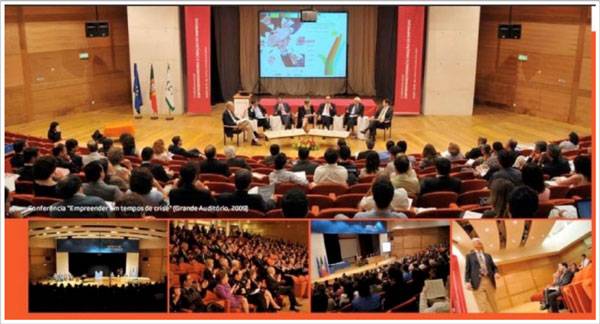
From these images, I learned several things: the stage was wider than it was deep; the auditorium was large, seating around 500 or so people; the seats rose to the back like in a movie theatre.
I visualized myself speaking on that stage over and over. When the day came for me to actually present and I walked into the room for the first time, it felt like I had been there before. I recognized several things and it all felt familiar. And that made me feel that much more comfortable when I walked on stage.
When you have a big speech or presentation, spend a bit of time visualizing yourself doing a great job. You will be surprised at how it calms those public speaking nerves.
LESSON 5 – DON’T RUSH YOUR CONCLUSION
This lesson is not so much from Honnold’s climb as it is from his TED Talk. At 11:25 of the video, he describes the final two hundred metres of his ascent.
With 600 feet to go, I felt like the mountain was offering me a victory lap. I climbed with a smooth precision and enjoyed the sounds of the birds swooping around the cliff. It all felt like a celebration. And then I reached the summit after three hours and 56 minutes of glorious climbing. It was the climb that I wanted, and it felt like mastery.
It’s a wonderful description and you can imagine how much Honnold must have relished the moment. Yet the conclusion to his TED Talk felt rushed. And when it was over, Honnold made a quick exit without even enjoying the standing ovation he received.
I suspect that he rushed because he was reaching the 12-minute limit for his talk. Nevertheless, it’s a good example of protecting your conclusions and making you have enough time to slow down and leave the audience with a message to take away. And please don’t rush off the stage, especially when the audience is applauding. If you do, you are depriving people of the ability to thank you. So stay put and enjoy the applause.
CONCLUSION
Alex Honnold is a remarkable young man and his feat is truly one for the ages. Even if we never attempt to climb El Capitan, we can apply some the lessons that he learned to our own speeches and presentations.
The next time you have public speaking nerves, remember Alex Honnold. And as you climb the steps to get on stage, think of it has your personal El Capitan.


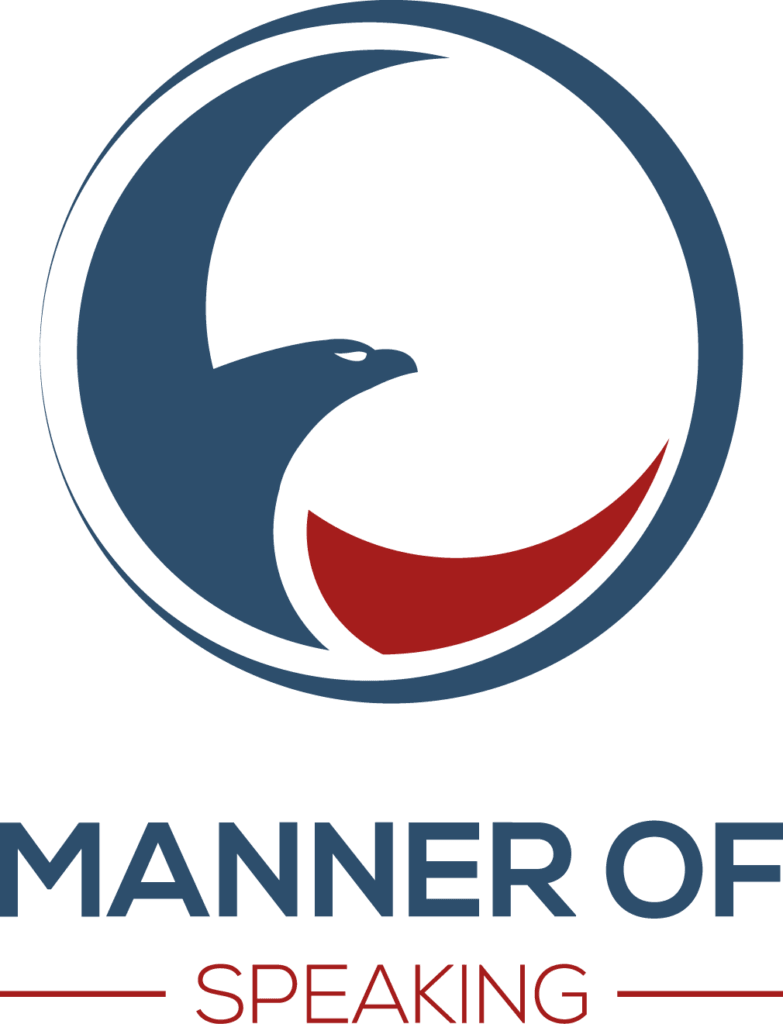




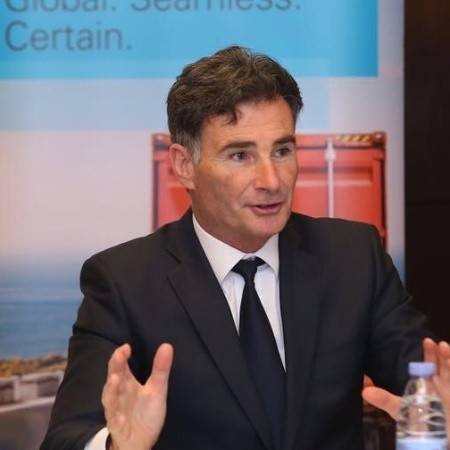


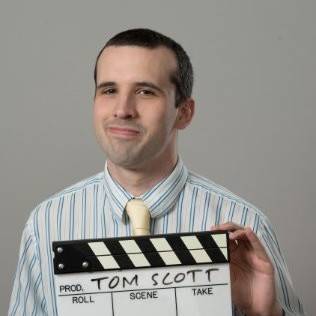

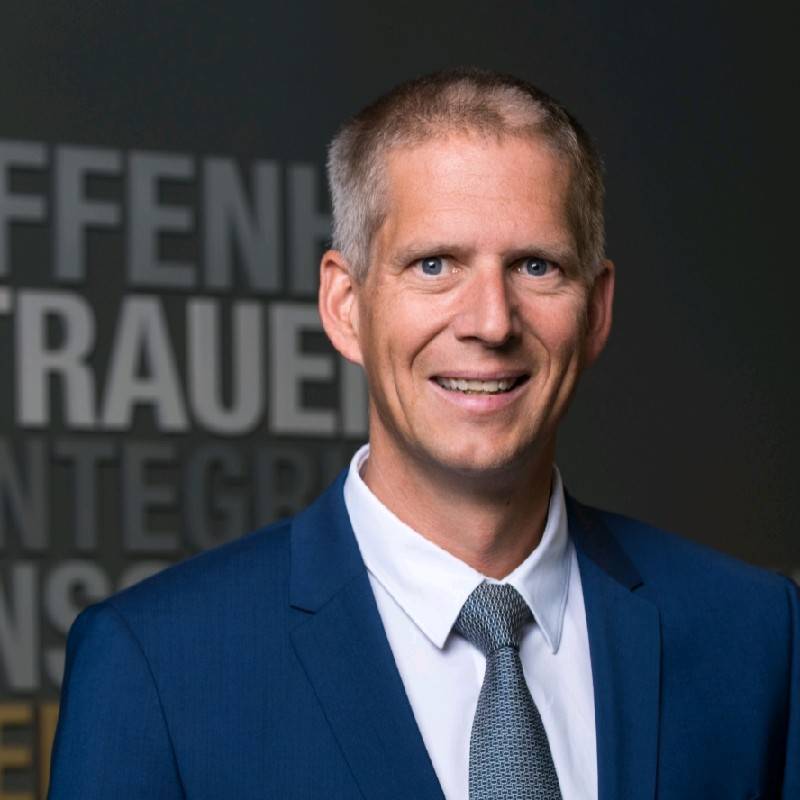


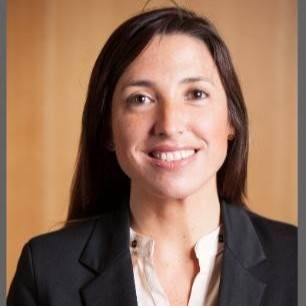
6 Replies to “How to handle public speaking nerves”
Lovely John.
Thank you, Tulia.
Wow! This was an excellent and VERY! entertaining post
Mom
Thanks, Mom!
What a beautiful story, thank you!
Preparation is everything!
Thank you, Sandra.